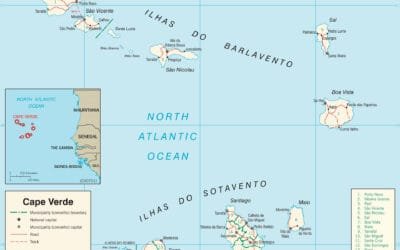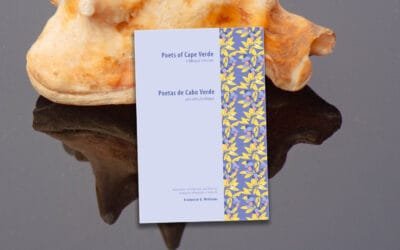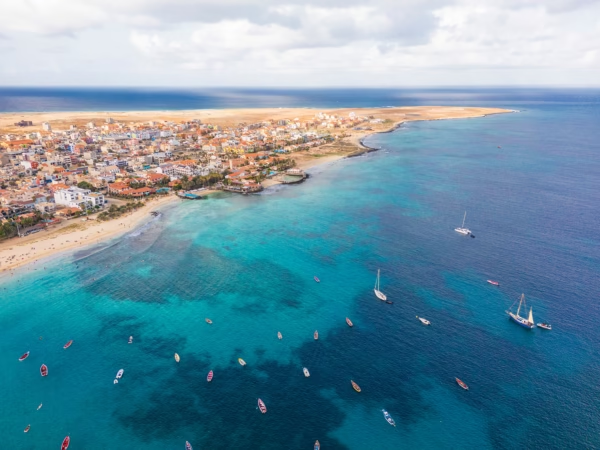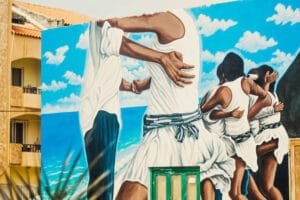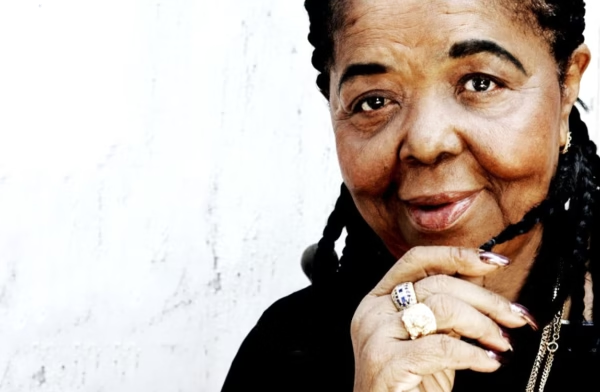Morna: Listen to the Traditional Music of Cape Verde
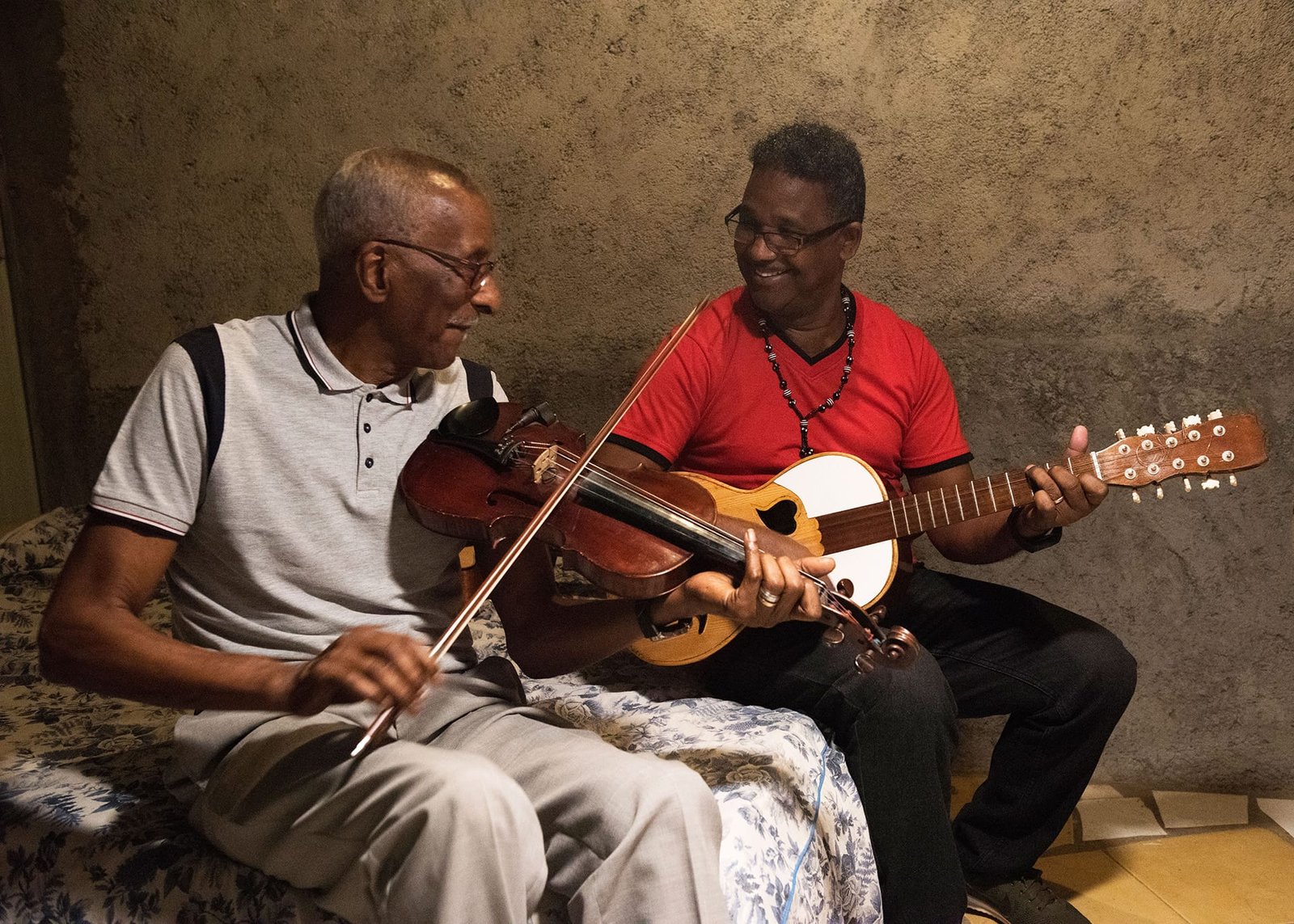
Characterised by a melodious style, slow tempo, and 4/4 time, in most cases with sentimental lyrics, morna is commonly known as the national music of Cape Verde – a fundamental aspect of local social and cultural life, performed at most important life events, such as weddings, christenings, and family reunions.
Morna’s style incorporates voice, music, poetry, and dance. It may or may not have vocals. The characteristic instruments for this style are mainly chordophones, including the guitar, violin, ten-string guitar (replaced by a cavaquinho in the 20th century), and the ukulele. In newer productions, we can also hear piano, percussion and bass, but the guitar remains the most preferred instrument.
The lyrics of these songs are often poetic improvisations. Their topics vary but are mainly: love, departure, separation, reunion, longing, the ocean and the motherland. In the past, the lyrics were composed in Creole and Portuguese. However, nowadays, morna songs are written mainly in Cape Verdean Creole.
In December 2019, Morna was recognised by UNESCO as an Intangible Cultural Heritage of Humanity. “People would be placed on the island and forced to take care of cattle, and it is believed that morna comes from an ancestral African rhythm called Lundum or Landú. Until today, if you travel to Boa Vista island, people still practice Landú in weddings,” explains Brito, a member of the commission that provided supporting evidence for the UNESCO application. (1)
The story of morna: Cape Verde’s music of displacement and return
How a music shaped by slavery, epidemics, famine and mass migration travelled the world, narrating stories of suffering and resistance. Listen to the AJLongreads podcast by Al Jazeera.
The Most Important / Most Famous Morna Artists:
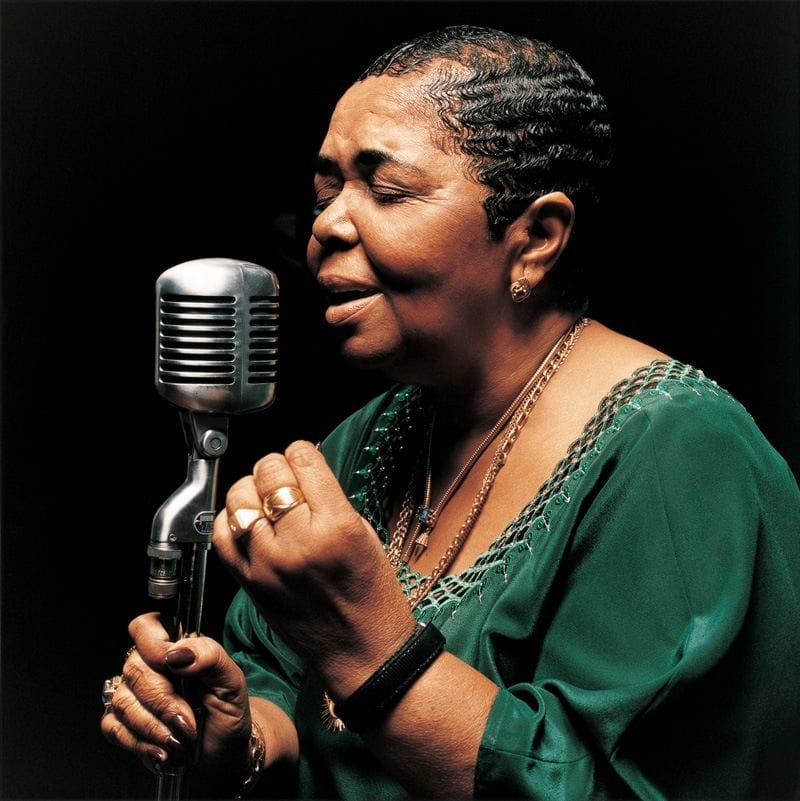
Cesária Évora (Cize)
The internationally renowned morna singer and songwriter from Cape Verde was Cesária Évora (1941–2011). She received a Grammy Award in 2004 for her album Voz d’Amor. She was known as Cize, nicknamed the “Queen of Morna” and the “Barefoot Diva” for performing without shoes.
Facebook: @CesariaEvoraOfficial
Website: https://www.cesaria-evora.com

Tito Paris
“I cannot step on stage without playing a morna,” says Tito Paris (1963), an acclaimed Cape Verdean singer and musician playing mainly guitar and bass. He moved to Lisbon when he was 19, and it’s where he composes and plays his music nowadays.
Facebook: @TitoParisofficial
Instagram: @tito_paris_official
Listen on: Spotify / YouTube / SoundCloud

Mayra Andrade
Mayra Andrade (b. 1985) is a renowned contemporary Cape Verdean pop/morna singer residing and recording in Lisbon, Portugal. Worth knowing as one of the best pop artists in West Africa of recent times.
Facebook: @mayraandrade
Instagram: @mayraandradeofficial
Website: www.mayra-andrade.com

Francisco Xavier da Cruz (Beléza)
Francisco Xavier da Cruz (1905-1958), also known as B. Leza or Beléza, was a Cape Verdean writer, composer and singer of morna music. His innovative style and work began to bring him success in the 1950s, marking Cape Verdean music for the next twenty years. He composed dozens of mornas.
One of his widely known mornas, “Mar azul” (“Blue Sea”) was interpreted in an album of the same name by Évora in 1991, kickstarting her international career in France.
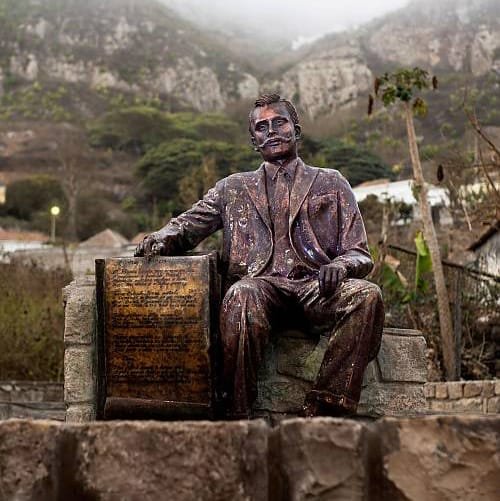
Eugénio Tavares
Eugénio de Paula Tavares (1867-1930) was a Cape Verdean morna author. He started publishing poetry at the age of 12, and soon became one of Cape Verde’s most prominent poets and morna composers. He wrote mainly in the Creole of Brava, the island of his origin. His poems were the greatest in the nation during most of the 20th century.
Some other notable composers of mornas are Armando Tito, Jotamonte, Manuel d’Novas, Rodrigo Peres, Betú, Bana, Ildo Lobo, Titina, Celina Pereira, Gardénia Benrós, and Nancy Vieira.
Morna Variants
Boa Vista Morna
The Boa Vista morna is the oldest variant of the morna. It has a characteristically quicker tempo (andante ± 96 bpm), a rubato style and a simple structure. The subjects of its songs are often jokes, satire or social criticism. The melody’s accentuation is remarkably similar to that of Afro-Brazilian lundu.
Brava Morna
The Brava morna is the origin of the most well-known variety of morna today. Besides having a slower tempo than the Boa Vista morna (lento ± 60 bpm), it exhibits typical Romanticism characteristics, such as the use of rhymes, accentuated lyricism, and a more rigid metre. Composers from Brava and Fogo still create in the Brava morna style.
São Vicente Morna
The São Vicente morna is a derivative of the Brava morna. Both have the same tempo, but in the São Vicente morna, passive chords enrich the chord sequences. The subjects are also a bit different, including themes other than romantic ones; the poetry is not as rigid, and neither uses rhymes like the Brava morna.
Nowadays, we can also witness more recent and innovative composers who create other morna variants, which are not yet systematised.
Bibliography
- Video © Ministry of Culture and Creative Industries, Cabo Verde, 2018;
- Photos © Augusto Brázio and Ministry of Culture and Creative Industries, Cabo Verde, 2018;
- Morna on Capo Verde a Musica website;
- Morna, musical practice of Cabo Verde on UNESCO website;
- 1, The story of morna: Cape Verde’s music of displacement and return on Al Jazeera website;
- Morna (music) on Wikipedia, the Free Encyclopedia.
